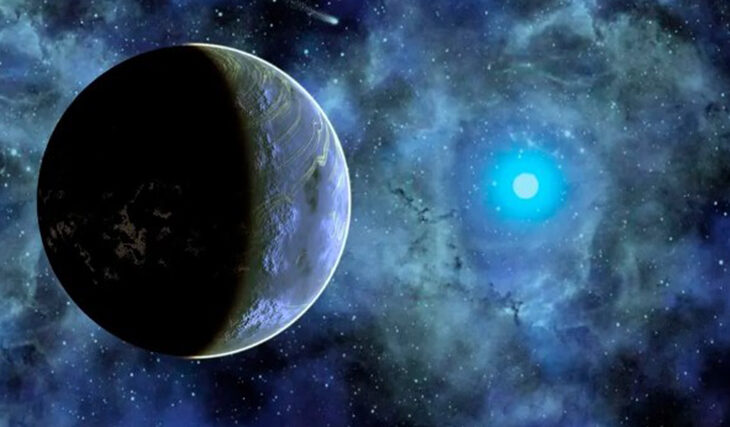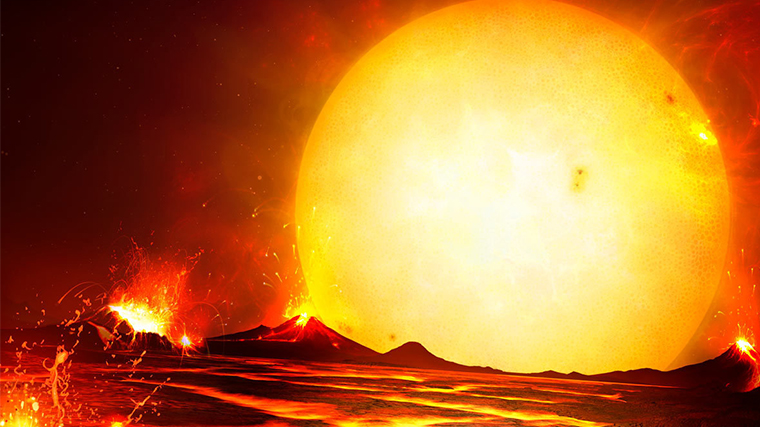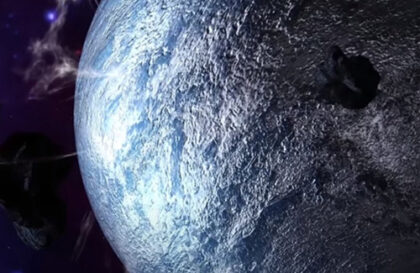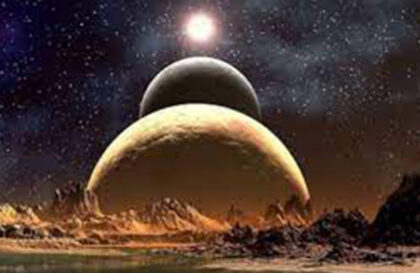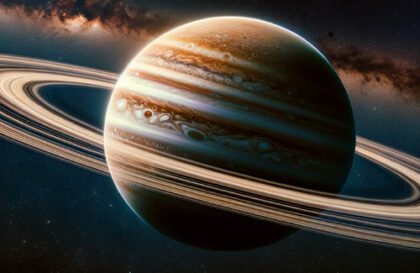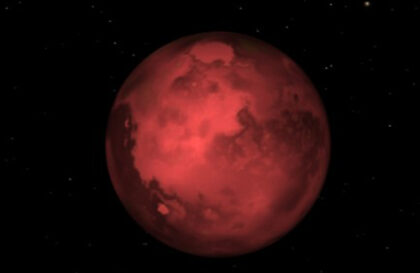Rogue planets do not have stable orbits and are likely ejected from their systems due to collisions with other celestial objects. They wander freely through space until they encounter another object, altering their course. They are numerous and often exceed Jupiter in mass, which is 318 times heavier than Earth. These objects become almost invisible once they cool down. They could form due to large cosmic collisions, similar to the formation of the Moon. After being ejected from their parent systems, they enter the cold space void. Most alarmingly, their numbers surpass those of stars.
A new study by NASA and Osaka University shows that the number of rogue planets in the Milky Way significantly exceeds previous estimates. These objects are detected through the gravitational microlensing effect and are found to be 20 times more numerous than stars. The data is based on a nine-year study called MOA and is published in The Astronomical Journal.
How Do Rogue Planets Form?
In its early years, Earth experienced a collision with an astronomical object comparable in size to Mars. This monumental cosmic event led to the ejection of a large amount of matter into orbit, from which the Moon subsequently formed. Earth was fortunate, as in similar situations, planets often receive enough acceleration to leave their star system. After this, their “bright” life path ends, and they become wandering planets, drifting into the cold expanse of the Universe.
Could Earth Become a Rogue Planet?
As of now, no. The Solar System is relatively stable; it is over 4 billion years old, and the orbits of its planets have long been established. While it’s conceivable that a rogue planet could “knock” Earth off its orbit, the chances of such an outcome are extremely slim.
However, the cards could be reshuffled in the distant future. When the Sun depletes its energy resources and begins to transform into a red giant, its gravitational interactions could become strong enough to eject Earth from the system. But there’s no need to worry; our star has at least another 4 billion years to reach that stage.
How to Search for Rogue Planets?
The Roman Space Telescope, a space observatory set for a projected launch date 2027, is expected to study gravitational microlensing actively. The Roman telescope will perform microlensing on 100 million stars within an area of roughly 2 square degrees at the galaxy’s center every 15 minutes for 72 days, 24 hours a day.
Initially, scientists expected that the telescope would be able to detect at least 50 Earth-sized exoplanets not bound to stars. Now, however, the estimates are being revised, and the number is expected to be as high as 400. This suggests the possibility of numerous planets existing at great distances from their host stars.
To study these objects, researchers plan to use data from the space telescope and ground-based observatories. One such instrument could be the Japanese telescope PRIME (Prime-focus Infrared Microlensing Experiment).
Observations using the Roman telescope and ground-based instruments will improve the accuracy of measuring the masses of rogue planets and their numbers in the Milky Way. The telescope will also aid in studying dark matter and, according to NASA calculations, can create a detailed map of the Universe 1,000 times faster than Hubble.
Banner image: The Milky Way contains 20 times more rogue planets than stars—trillions of worlds wandering … [+]GETTY
Image credit:
https://www.forbes.com
https://www.goodfon.com
https://www.jpl.nasa.gov
